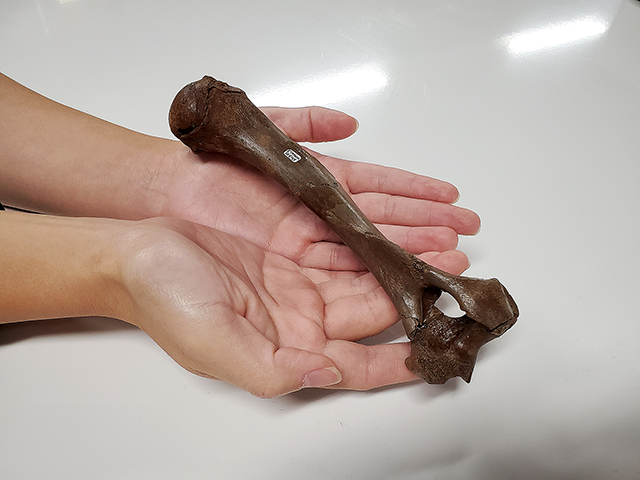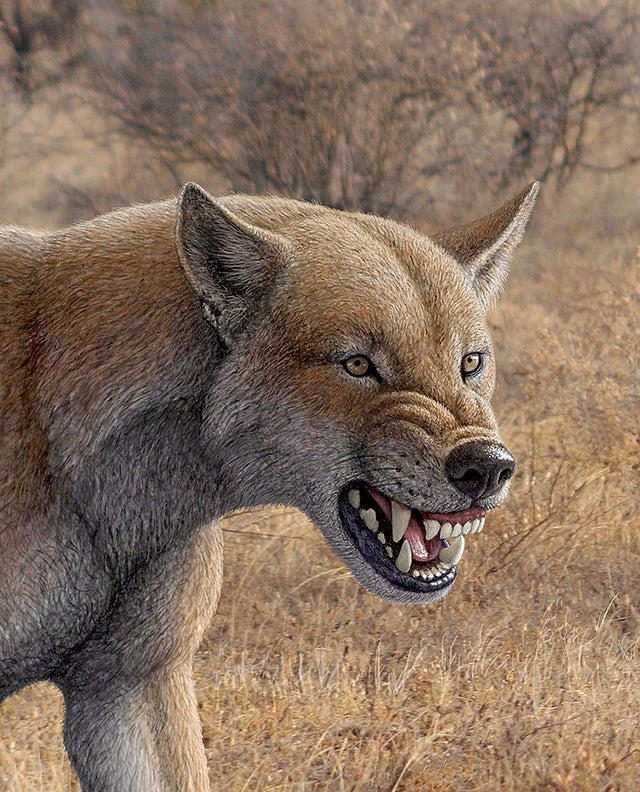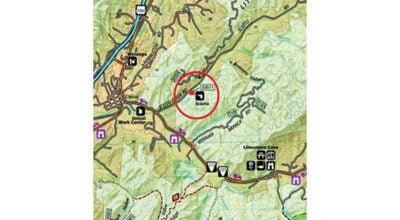Researchers discover extinct bone-crushing dog at ETSU’s Gray Fossil Site
Published 9:30 am Monday, August 8, 2022
1 of 3
|
Getting your Trinity Audio player ready...
|
Ancient dog the size of the largest living wolves
JOHNSON CITY – Overseen by the Don Sundquist Center of Excellence in Paleontology at East Tennessee State University, researchers have studied the Gray Fossil Site for over 20 years, identifying many extinct animal and plant species. While large herbivores are well known from the site, large predators are relatively uncommon, so far including only alligators and scarce remains of at least one sabertooth cat.
Now, there’s a new predator on the scene.
A recent study published in the Journal of Paleontology describes a single right humerus (upper arm bone) of an animal named Borophagus, a member of an extinct group more commonly called bone-crushing dogs. The animal is so named for its powerful teeth and jaws. This is the first evidence of any animals in the dog family from the Gray Fossil Site.
Emily Bōgner, a doctoral student at the University of California, Berkeley, an alumnus of ETSU’s paleontology master’s program, and Dr. Joshua Samuels, associate professor in the ETSU Department of Geosciences and curator at the Gray Fossil Site and Museum, conducted the research.
“The identification of a bone-crushing dog adds to the list of terrestrial apex predators at the Gray Fossil Site, the other being a sabertooth cat,” said Bōgner. “With two large predators on land and alligators in the water, herbivores at the site would have had to be on high alert.”
Comparing this single limb bone with those of a wide range of modern and fossil dogs allowed the researchers to estimate the size of this extinct dog. Estimated to have weighed between 115-160 pounds, the Borophagus was similar in size to the largest living wolves. The humerus (upper arm bone) is stout and has large areas where muscles once attached, suggesting this ancient carnivore was a powerful ambush hunter rather than a pursuit predator like wolves, researchers said.
The Gray Fossil Site also represents a new habitat for these bone-crushing dogs.
Borophagus is known from dozens of fossil sites across the United States and Mexico but is usually found alongside plants and animals from open environments like grasslands. Fossils at Gray paint a picture of densely forested habitat with lots of forest plants and tree-dwelling animals. The ambush hunting strategy of bone-crushing dogs might have been particularly well-suited for hunting large herbivores in the ancient forests of the Appalachian Mountains, researchers said.
Many questions remain about the lifestyle of these extinct dogs, and the researchers are hopeful to find more Borophagus fossils at Gray.
“The limb proportions of Borophagus are a conundrum to researchers,” Bōgner said. “Having more limb bones would be a big help in understanding how these bone-crushing dogs moved.”
“Since the lifestyle of these dogs is thought to be similar to hyenas, I would also like to see bones that had been cracked open by Borophagus at the site,” Samuels said. “That could help us to understand what they were actually eating in the ancient Appalachian forests.”







